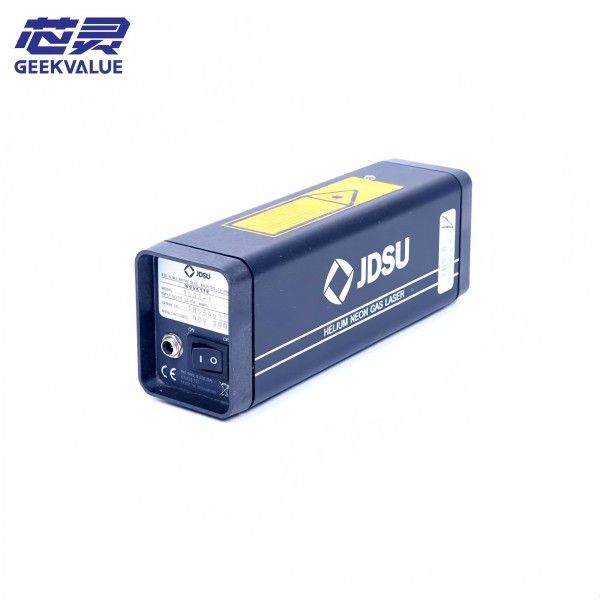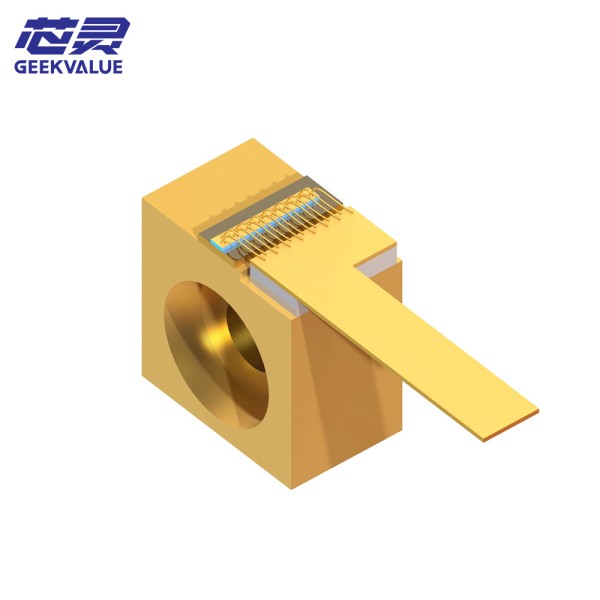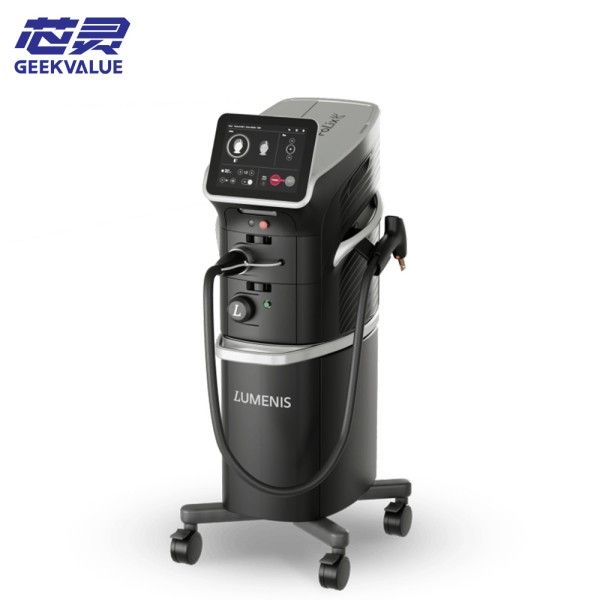JDSU (now Lumentum and Viavi Solutions) is a leading optoelectronics company in the world. Its laser products are widely used in optical communications, industrial processing, scientific research and medical fields. JDSU lasers are known for their high stability, long life and precise control. They mainly include semiconductor lasers, fiber lasers and solid-state lasers.
2. Functions and structures of JDSU lasers
1. Main functions
Optical communication: used for high-speed optical fiber communication (such as DWDM systems, optical modules).
Industrial processing: laser marking, cutting, welding (high-power fiber lasers).
Scientific research experiments: spectral analysis, quantum optics, laser radar (LIDAR).
Medical equipment: laser surgery, skin treatment (such as semiconductor lasers).
2. Typical structural composition
The core structure of JDSU lasers varies depending on the type, but usually includes the following key components:
Component Function
Laser diode (LD) Generates laser light, commonly found in semiconductor lasers
Fiber resonator Used in fiber lasers to enhance laser output
Electro-optic modulator (EOM) Controls laser pulse/continuous output
Temperature control system (TEC) Stabilizes laser wavelength and prevents overheating
Optical coupling system Optimizes beam quality (such as collimating lens)
Drive circuit Provides stable current to prevent power fluctuations
III. Common faults and diagnosis of JDSU lasers
1. Laser output power decreases
Possible causes:
Laser diode aging (usually 20,000 to 50,000 hours of life).
Fiber connector contamination or damage (such as dust, scratches).
Failure of the temperature control system (TEC) causes wavelength drift.
Solution:
Check the cleanliness of the fiber end face and replace if necessary.
Test whether the drive current is stable, and adjust or replace the LD module.
2. The laser cannot start
Possible reasons:
Power failure (such as insufficient power supply or short circuit).
Control circuit damage (such as PCB burnout).
Safety interlock trigger (such as poor heat dissipation).
Solution:
Check whether the power supply voltage meets the specifications (such as 5V/12V).
Restart the system and check the error code (some models support self-test).
3. Beam quality deterioration (increased M² value)
Possible reasons:
Optical components (such as lenses, reflectors) are contaminated or offset.
Fiber bending radius is too small, resulting in mode distortion.
Solution:
Clean or recalibrate optical components.
Ensure that the fiber installation meets the minimum bending radius requirements.
IV. Maintenance methods of JDSU laser
1. Daily maintenance
Cleaning optical components:
Use dust-free cotton swabs + isopropyl alcohol to clean the fiber end face and lens.
Avoid touching the optical surface directly with your hands.
Check the cooling system:
Clean the fan dust regularly to ensure that the air duct is unobstructed.
Monitor laser parameters:
Record output power and wavelength stability, and promptly troubleshoot abnormalities.
2. Regular maintenance (recommended every 6 to 12 months)
Replace aging parts:
Laser diodes (LDs) need to be replaced after their lifespan expires.
Check fiber connectors and replace them if they are severely worn.
Calibrate optical system:
Use a beam analyzer to detect the M² value and adjust the collimator position.
3. Precautions for long-term storage
Environmental requirements:
Temperature 10~30°C, humidity <60% RH.
Avoid vibration and strong magnetic field interference.
Power-on maintenance:
For lasers that have not been used for a long time, it is recommended to power on for 1 hour every month to prevent capacitor aging.
V. Preventive measures to extend laser life
Stable power supply: Use a voltage stabilized power supply + UPS to prevent voltage fluctuations from damaging the circuit.
Standard operation:
Avoid frequent power on and off (intervals > 30 seconds).
Excessive power operation is prohibited (such as exceeding the rated current by 10%).
Dust and moisture proof:
Use in a clean environment and install a dust cover if necessary.
Equip a desiccant or dehumidifier in humid areas.
Back up parameters regularly:
Save factory calibration data for easy fault recovery.
VI. Summary
The high reliability of JDSU lasers depends on correct use and regular maintenance. By cleaning optical components, monitoring heat dissipation, and replacing aging parts in a timely manner, the failure rate can be greatly reduced and the life of the equipment can be extended. For critical applications (such as optical communications), it is recommended to establish a preventive maintenance plan and maintain communication with the original technical support.







